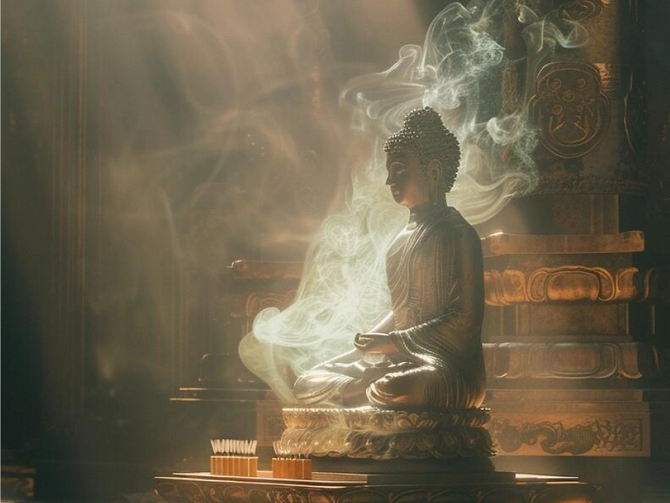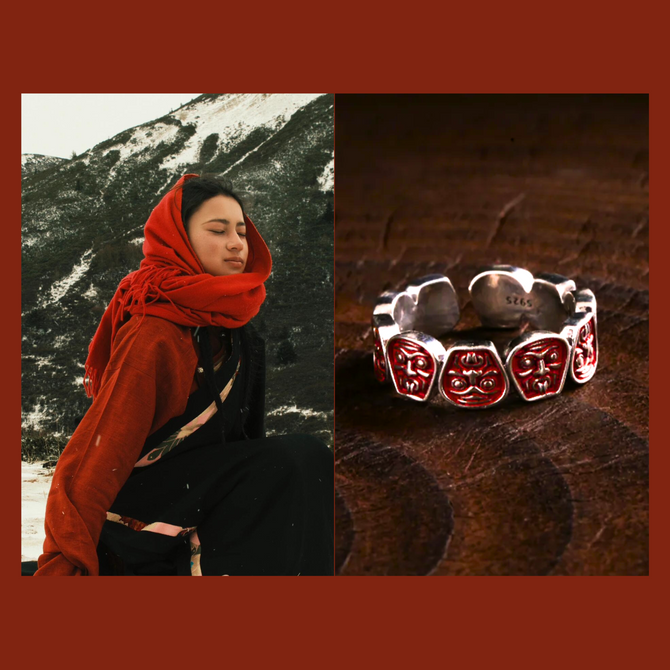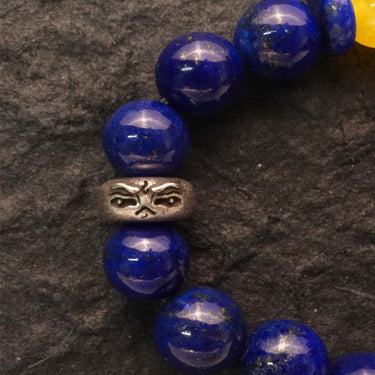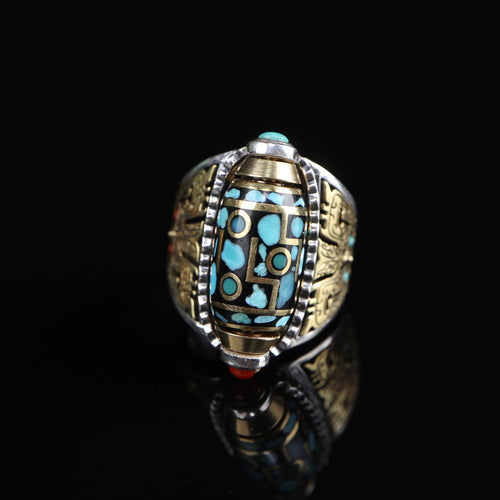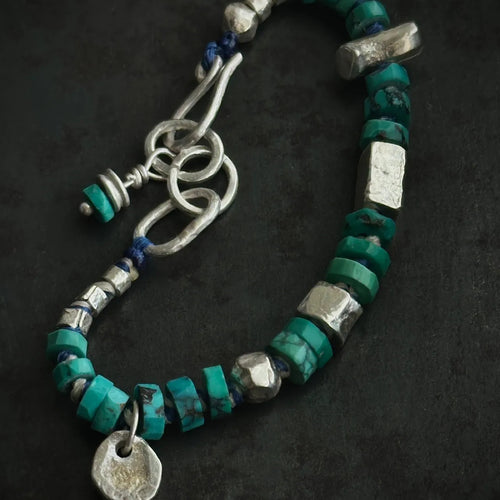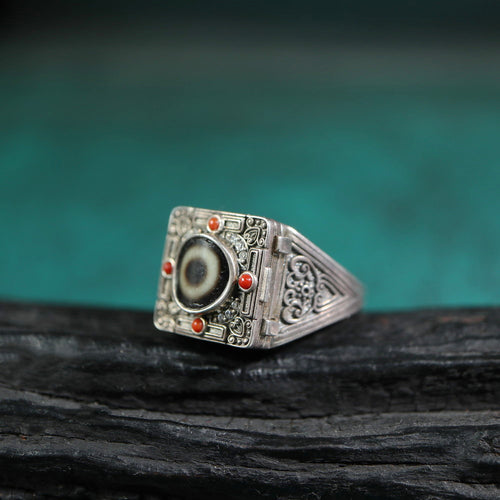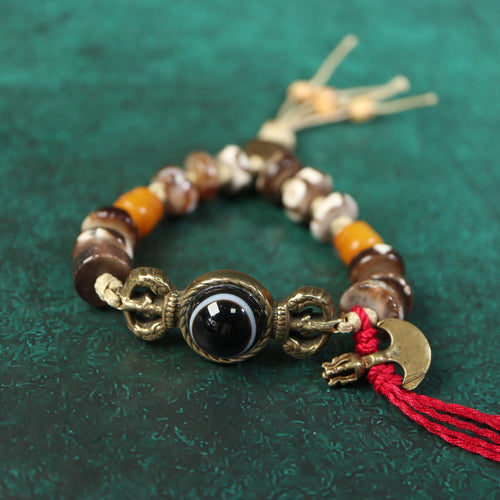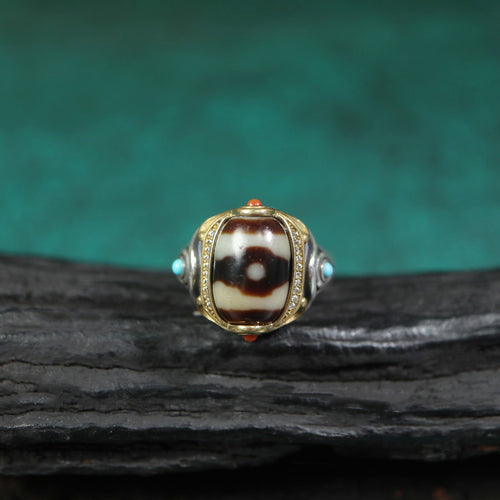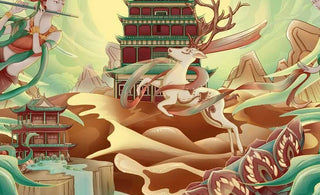
At Oriental Aesthetics, we pride ourselves on providing systematic, high-quality professional services for oriental artists, collectors, and enthusiasts who appreciate and love classical oriental art. Our commitment to promoting the rich cultural heritage of the East drives us to delve deep into the symbolic meanings and profound wisdom embedded in traditional art forms. In this article, we aim to outshine the existing content on Google and unlock the symbolic wisdom behind one of the most revered creatures in oriental art—the tortoise.
The Ancient Wisdom of the Tortoise
In classical oriental art, the tortoise holds a significant place as a symbol of longevity, wisdom, and stability. Inspired by the natural world, artists throughout history have captured the essence of the tortoise through various mediums, including painting, sculpture, and ceramics. The tortoise's association with longevity stems from its remarkable lifespan, often exceeding a hundred years. Its ability to endure and adapt to its environment has made it a revered symbol of resilience and strength.
The ancient wisdom embodied by the tortoise resonates across cultures and civilizations. In many ancient societies, including those in East Asia, the tortoise was revered as a creature with deep spiritual insights and profound knowledge. Its slow and deliberate movements were seen as a reflection of a patient and contemplative nature. Observing the tortoise's behavior in nature, ancient philosophers and sages drew parallels to the importance of patience, introspection, and the accumulation of knowledge over time.
In Chinese folklore, it is believed that the tortoise possesses a sacred connection to the spiritual realm. Legends tell of the tortoise's ability to communicate with the gods and access hidden realms of wisdom. This belief further solidified the tortoise's association with profound knowledge and divine guidance.
The wisdom of the tortoise is not limited to its physical attributes but extends to its symbolic representation in art. Artists skillfully capture the tortoise's essence, emphasizing its intricate shell patterns, wise eyes, and serene demeanor. Each stroke of the brush or chisel carries with it the intention to convey the timeless wisdom and enduring strength that the tortoise embodies.
The tortoise's symbolism is not confined to a single cultural context. Across various civilizations, the tortoise has been revered as a creature that transcends time and imparts wisdom to those who seek it. Its presence in ancient Egyptian, Mayan, and Native American cultures further attests to its universal significance as a symbol of wisdom and longevity.
Tortoise Symbolism in Chinese Art
In Chinese culture, the tortoise, known as "gui," is considered one of the four divine creatures, along with the dragon, phoenix, and unicorn. These auspicious creatures are believed to bring blessings and good fortune. The tortoise, specifically, represents wisdom, steadfastness, and protection. It is often depicted with a snake on its back, symbolizing harmony and the union of yin and yang—the complementary forces that underpin the universe.
The symbolism of the tortoise in Chinese art can be traced back to ancient times. The tortoise shell was highly regarded as a source of divine wisdom. Oracle bone inscriptions, dating back to the Shang Dynasty (1600-1046 BCE), reveal that the tortoise shell was used for divination purposes. Scribes would carve questions onto the shell and then apply heat, interpreting the resulting cracks as messages from the spiritual realm. This practice, known as "scapulimancy," played a significant role in ancient Chinese society and exemplified the tortoise's association with wisdom and guidance.
In classical Chinese paintings, the tortoise is a popular subject, often portrayed in landscapes or as part of larger compositions. Its presence signifies stability and longevity, reminding viewers of the importance of patience and perseverance in the face of challenges. Artists meticulously render the tortoise's intricate shell patterns and wise eyes, capturing its majestic presence and conveying a sense of reverence for the wisdom it embodies.
The snake coiled on the tortoise's back further enhances its symbolism in Chinese art. The snake represents the yang energy, while the tortoise embodies the yin energy. Together, they symbolize the harmonious balance of opposing forces in the universe. This union of yin and yang is central to Chinese philosophy and is believed to bring about prosperity, harmony, and auspiciousness.
In addition to its association with wisdom and harmony, the tortoise is also revered for its protective qualities. It is believed to possess the ability to ward off evil spirits and negative energies. As a result, tortoise motifs are often found in Chinese architecture and decorative arts, such as door knockers, roof tiles, and jewelry. These symbolic representations serve as talismans, safeguarding homes and individuals from harm and bringing good fortune.
In traditional Chinese mythology, the tortoise also plays a significant role. It is said to carry the world on its back, symbolizing its connection to the cosmic order and its role as a guardian of stability. This portrayal underscores the tortoise's importance in Chinese culture as a symbol of resilience, strength, and protection.
The tortoise's symbolism in Chinese art transcends its physical attributes, inviting viewers to contemplate deeper philosophical concepts. Its depiction in paintings, sculptures, and other art forms serves as a visual reminder of the wisdom and virtues that humanity should aspire to cultivate. The tortoise's enduring presence in Chinese art attests to its timeless significance and its ability to inspire generations with its symbolic power.
Tortoise Symbolism in Japanese Art
In Japanese art, the tortoise, known as "kame," is also associated with longevity and wisdom. It is often depicted alongside the crane, forming a powerful duo that represents longevity and good fortune. The tortoise's shell symbolizes protection, while its slow and deliberate movements convey a sense of wisdom accumulated over time. In Japanese folklore, it is believed that the tortoise possesses mystical powers and is capable of granting wishes.
Japanese artists skillfully incorporate the tortoise's symbolism into various art forms, such as woodblock prints and ceramics. The intricate details of tortoise motifs in delicate porcelain pieces reflect the meticulous craftsmanship and reverence for nature that define Japanese art. The tortoise's presence in these artworks serves as a reminder of the importance of balance, wisdom, and the appreciation of life's journey.
Tortoise Symbolism in Korean Art
In Korean art, the tortoise, known as "geobuk," also holds a special place. It is considered a sacred creature associated with longevity, protection, and wisdom. The tortoise's shell is believed to contain the secrets of the universe and is often depicted adorned with intricate patterns and symbols. Korean artists skillfully incorporate tortoise motifs into various art forms, including paintings, sculpture, and ceramics, showcasing the cultural significance and reverence for this majestic creature.
Tortoise Symbolism in Tibetan Art
Tibetan art embraces the tortoise as a symbol of longevity, stability, and protection. In Tibetan Buddhism, the tortoise represents one of the "Four Dignities," alongside the dragon, garuda, and snow lion. These dignities embody different virtues and are often depicted in thangka paintings and sculptures. The tortoise is associated with steadfastness and endurance, reminding practitioners to cultivate resilience in their spiritual journeys.
Conclusion
At Oriental Aesthetics, we strive to unlock the symbolic wisdom embedded in classical oriental art. Through our comprehensive services, we aim to connect artists, collectors, and enthusiasts with the profound meanings and cultural significance of artistic creations. The tortoise, with its symbolism of longevity, wisdom, and stability, serves as a testament to the enduring wisdom and timeless beauty found in oriental art.
We invite you to explore our curated collection of classical oriental art, which showcases the masterpieces of renowned artists and offers insights into the symbolic world of creatures like the tortoise. At Oriental Aesthetics, we are dedicated to preserving and promoting the rich artistic traditions of the East, ensuring that the symbolic wisdom found within these masterpieces continues to inspire and captivate generations to come.



